Is Oatmeal High in Oxalates? Find Out The Truth Right Here
Primal Edge Health participates in the Amazon Services LLC Associates Program and other affiliate programs and therefore, may collect a share of sales or other compensation from the links on this page. This comes at no additional cost to you, and all the prices and availability are accurate at the time of publishing.
If you’re just learning about the low oxalate diet, you may be wondering: is oatmeal high in oxalates? Oatmeal is such a popular health food, but will it fit a low-oxalate diet?
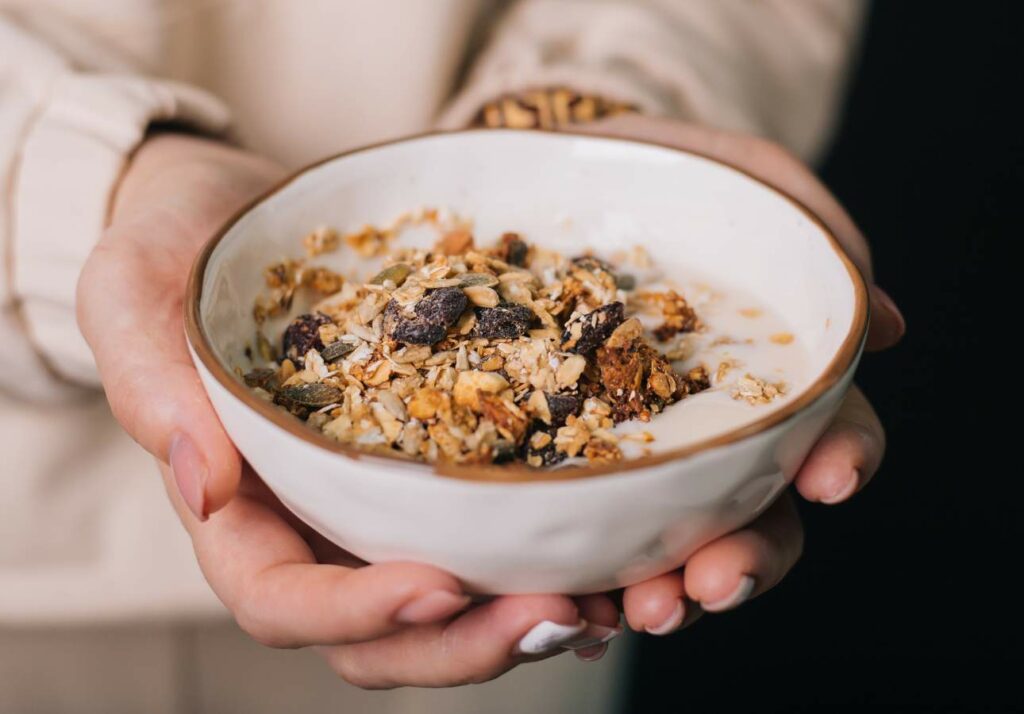
Discerning between high-oxalate carbs and low-oxalate carbs can be pretty confusing. Some grains like buckwheat groats are high up on the foods you should avoid, but similar things like oat bran and flax seed are low.
So, where does oatmeal fall? In this article, we’ll dive into oxalates, why you might want to avoid them, and the oxalate levels in oats.
What Are Oxalates?
According to the National Kidney Foundation, oxalates are substances naturally found in foods. In plants, they play a vital role in photosynthesis, plant defense, metal detox, and quality after harvest.
After the body extracts energy from food, waste products (including oxalates) travel through the bloodstream, go to the kidneys, and are excreted through urine. Urine contains various waste products, and this is perfectly normal. However, when there is too much of these wastes, they can crystallize and turn into hard kidney stones.
Oxalate or oxalic acid is one such waste product that can crystallize and get lodged in the kidneys. This can happen when there is too little liquid to dilute the waste or when there is simply too much oxalate. These substances bind to calcium during urine production, and when they turn into crystals, they are called calcium oxalate stones.
Do You Need to Avoid Oxalates?
Oxalates aren’t inherently bad, but they can cause adverse effects when there is too much urine oxalate. Not everyone will need to avoid high-oxalate foods, but certain factors may increase your risk of kidney stones. These include:
- Dehydration
- Excessive protein, salt, and sugar intake
- Obesity
- High blood pressure
- Diabetes
- Smoking
- Alcohol consumption
- Digestive conditions like Chron’s, IBS, and ulcerative colitis
- Gastric bypass surgery
- Dent disease
- Hyperparathyroidism
- Not getting enough calcium
The National Kidney Foundation also warns that having a kidney stone even once can significantly increase your chances of having another. Without proper adjustments to your diet or lifestyle, there is a high risk of these stones coming back.
I highly recommend working with a specialist if you have a history of kidney stones or chronic kidney disease. If you’re struggling to make effective changes to your diet, try consulting a licensed dietitian.
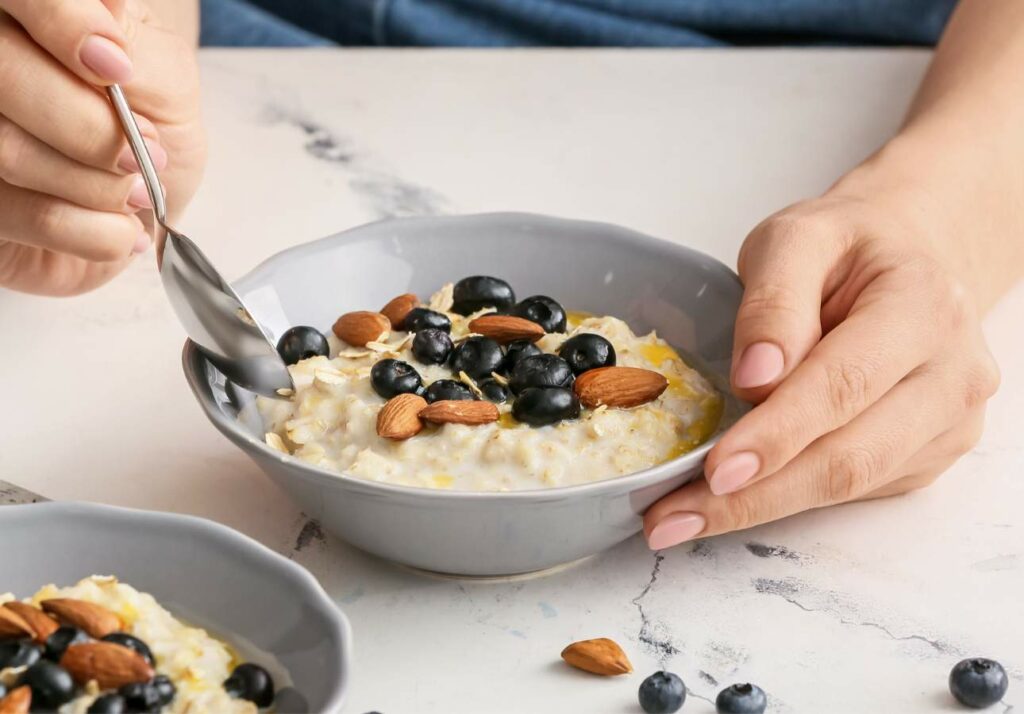
What is a Low Oxalate Diet?
If you have one or more of the risk factors mentioned above, your doctor might recommend a low-oxalate diet. Essentially, the goal of this diet is to reduce your dietary intake of oxalates by avoiding foods with moderate to high amounts of oxalate.
The UCI Kidney Stone Center provides a comprehensive list of foods high and low in oxalate. If you’re trying to watch your oxalate intake, you might want to focus on these foods:
- Fruits: Bananas, blackberries, blueberries, cherries, lime, pear, pineapple, raisins, strawberries, apples, apricots, cantaloupe, grapes, honeydew melon, lemons, mangoes, nectarines, papaya, peaches, plantains, plums, watermelon, prunes
- Vegetables: Brussel sprouts, raw celery, kale, mung beans, mustard greens, sea veggies, alfalfa sprouts, bok choy, broccoli, cabbage, cauliflower, corn, cucumber, green pepper, mushroom, lettuce, onions, peas, radish, sauerkraut, zucchini, yellow squash
- Dairy: Most dairy products, including cheeses, milk, and yogurt
- Eggs
- Grains: Cornbread, oatmeal bread, oat bran, corn flour, hummus, whole wheat flour, whole grain, barley malt flour, corn bran, flax seed, raw oat bran, and other low-oxalate flour and flour alternatives, cornflakes.
- Meat and vegan alternatives: All meat and fish except tofu and veggie burgers
- Alcohol: Most alcohols except beer
- Beverages: Lemonade, coffee, apple juice, soda, lemon juice
Meal planning for a low-oxalate diet is much easier if you have a cheat sheet. Download my free high and low-oxalate food lists to make meal prepping and grocery shopping easier.
Oxalate-Rich Foods to Avoid
On the other hand, your doctor might recommend avoiding foods with a moderate to high amount of oxalate. These include:
- Fruits: Avocados, dates, grapefruit, kiwi, oranges, raspberries, tangerines, figs
- Vegetables: Bamboo shoots, beets, fava beans, navy beans, okra, olives, parsnips, red kidney beans, refried beans, rhubarb, spinach, tomato sauce, turnips, yams, raw carrots, cooked celery, collards, soybean
- Potatoes: Mashed potatoes, french fries, potato chips, potato salad, sweet potatoes
- Grains: Pancakes, English muffins, biscuits, bran muffins, rye bread, tortillas, white bread, wheat bran bread, whole oat bread, whole oat wheat bread, all-purpose flour, cooked brown rice, buckwheat groats, corn grits, cornmeal, couscous, cooked millet, spaghetti, lasagna, rice bran, miso, soy products
- Meat: Tofu, veggie burgers, tuna salad
- Nuts and seeds: Almonds, cashews, candies with nuts, peanuts, pistachios, pumpkin seeds, trail mix, walnuts
- Beverages: Hot chocolate, carrot juice, tomato juice
As you can see, many of these foods are very nutritionally valuable, and your doctor might not advise you to cut them out of your diet entirely. Moderation is key, and working with your healthcare providers can help you find the perfect balance when navigating a low-oxalate diet.
Is Oatmeal High in Oxalates?
The UC Kidney Stone Program, the UCI Kidney Stone Center, and many other health sources confirm that oatmeal is not high in oxalates. Quite the contrary, in fact. Based on this list from the Medical College of Wisconsin, the oxalate content in a 4-ounce serving of oatmeal contains just one milligram of oxalate.
For reference, the UC Kidney Stone Program says that people on the low oxalate diet should keep their intake to less than a hundred milligrams of oxalate daily. Less than 50 mg of oxalate is even better.
The Benefits of Oatmeal
The fact that oatmeal is very low in oxalates is such good news for people wanting to reduce their intake of oxalates. Oatmeal is a nutrient-dense food that can be so beneficial in many ways, and it’s one of the best low-oxalate breakfast ideas if you want something filling and healthy in the morning.
Oatmeal May Help With Weight Loss
Whether you can lose weight on a low oxalate diet depends on what you eat, but when we narrow it down to oatmeal, the answer becomes much clearer. For one, oatmeal provides many essential nutrients without being as calorie-dense as other foods with the same nutrient levels.
According to USDA data, one cup of cooked oatmeal only has about 166 calories. A cup is already filling for most people, and even two won’t hurt if your goal is to lose weight.
However, we still need to put oatmeal’s calorie content into the context of your diet. Of course, adding sweeteners or milk to your oatmeal will increase its calories, and you still need to consider the rest of the foods you eat.
Some of my friends eat oatmeal instead of other high-calorie foods when they want something dense and filling. If your goal is to reduce your calorie intake without sacrificing fullness and satiety, oatmeal can be a great alternative to, say, white rice, bread, and processed cereal.
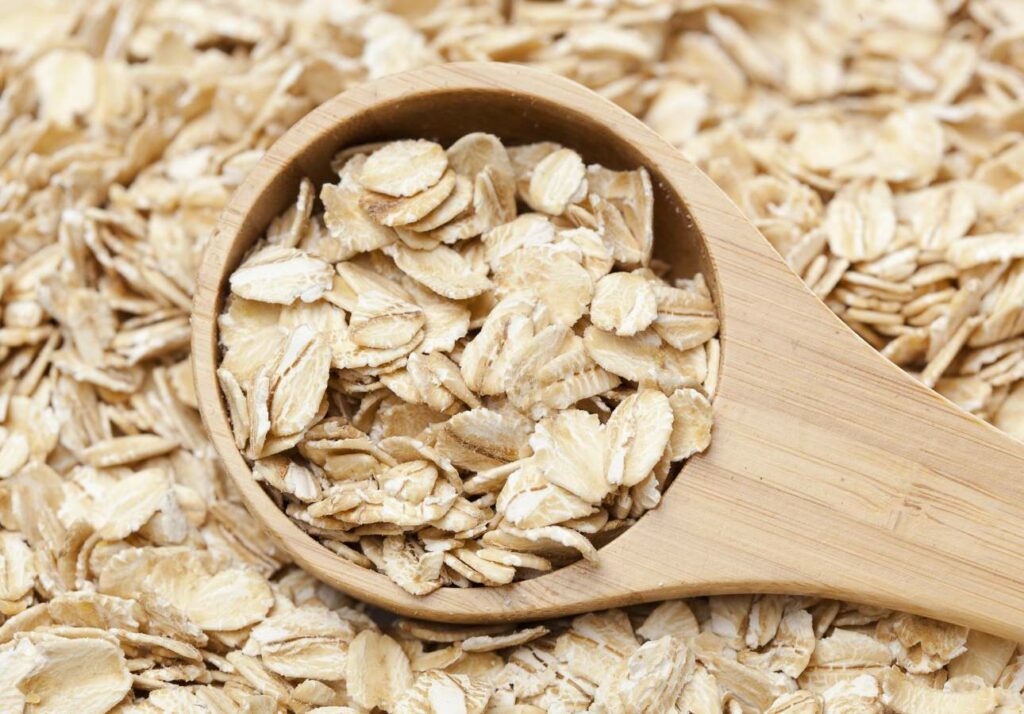
Oatmeal Can Help Improve Gastrointestinal Health
The Harvard School of Public Health says that foods rich in soluble fiber, including oatmeal, can help both acute and chronic constipation. These fibers can help add moisture to the stool, making it softer and therefore easier to pass.
However, the soluble fiber in oatmeal is not always broken down properly during digestion. When this happens, bacteria may ferment the undigested carbs and produce gases. This is why oatmeal can sometimes cause gas and bloating.
On the flip side, a 2021 review by the Journal of Nutrition cites that oatmeal has beneficial effects on gastrointestinal health, namely an increase of good bacteria in the gut and short-chain fatty acids that can enhance gut barrier integrity.
Finding the food sources that support your health is key. What works for some, might not work for everyone. If you can’t tolerate oatmeal that well, try this hot keto cereal as an alternative.
Oats Are Packed with Essential Nutrients
Aside from fiber, whole-grain oats contain a lot of valuable nutrients. According to the Journal of Food Science and Technology, oats are rich in:
- Protein
- Unsaturated fatty acids
- Vitamin E
- Folate
- Zinc
- Iron
- Selenium
- Copper
- Manganese
- Carotenoids
- Choline
- Phytic acid
Plus, oats have a balanced nutritional composition. While it’s mostly made of carbohydrates, it also contains high-quality proteins and a high percentage of oat lipids. For reference, a cup of cooked oatmeal has about six grams of protein and four grams of fat.
Low-Oxalate Ingredients to Upgrade Your Oatmeal
You can eat oatmeal on its own, but where’s the fun in that? Here are some low-oxalate ingredients you can add to your oatmeal to make it even tastier and nutrient-rich:
Dairy
The good news is that most dairy products are low in oxalates. These include yogurt, milk, ice cream, and cheese (although cheese is a bold choice for oatmeal). Moreover, adding dairy to your oatmeal can boost its protein and fat content.
But what if you can’t tolerate dairy? Luckily, there are plenty of non-dairy milk alternatives like coconut milk, oat milk, and flax milk, which have undetectable oxalate levels, according to this study on plant milk alternatives. However, milk made from high-oxalate foods is a no-go, including soy milk and almond milk.
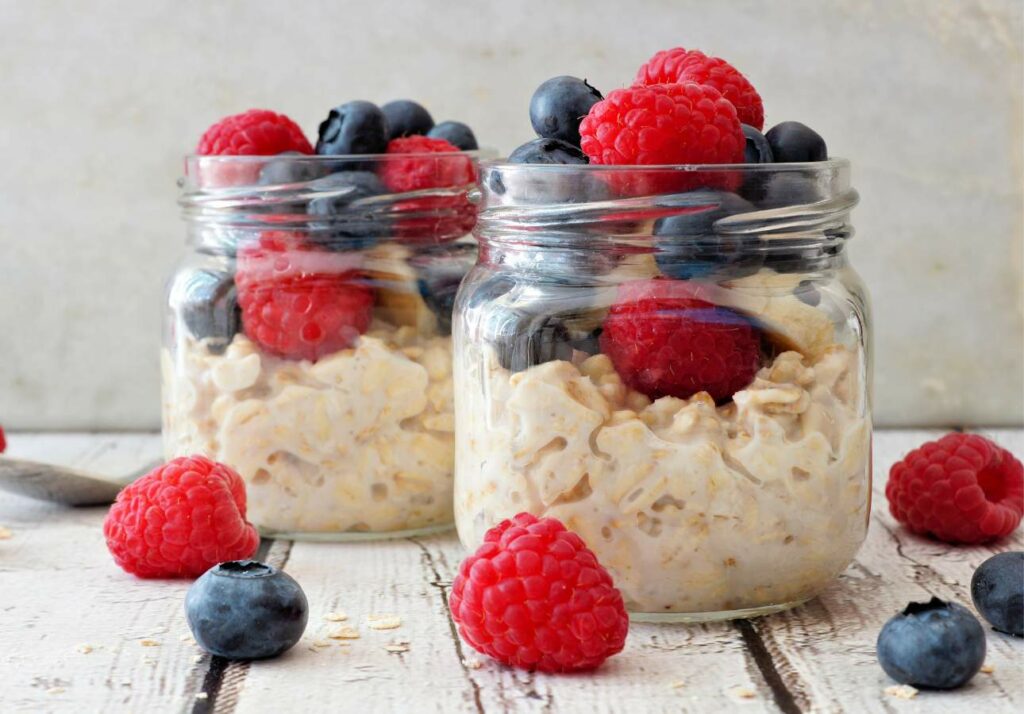
Fruits and Vegetables
Most fruits and vegetables have low oxalate levels, or at least the ones we usually add to oatmeal. Refer to the list above to see what your options are and remember: the fresher, the better!
For fruits, my favorites are peaches, strawberries, and bananas to add more sweetness to my oatmeal. Vegetables aren’t a popular choice for oatmeal toppings, but I recommend blending or pureeing them.
If the taste of veggies in your oatmeal is too weird for you, try mild ones like raw celery, cucumbers, and zucchini. Feeling more of a green vibe? Kale is low in oxalate, too! If you don’t like kale, here are other low-oxalate greens you can try.
Nuts and Seeds
Bad news: most nuts have a high oxalate content, and that includes nut butter like peanut butter. The only safe options for this category are pecans, sunflower seeds, and flaxseed.
If you prefer a bit of crunch in your oatmeal, granola is a healthy choice. Alternatively, you can make your own oatmeal crunch by baking raw oatmeal, brown sugar, and a little bit of butter.
Proteins
We mostly know oatmeal as a sweet meal or snack, but why not try it in a savory form, too? You can make your oatmeal protein-rich by adding beef, chicken, pork, eggs, and even cheese—all low in oxalates.
Desserts
If you like your oatmeal sweeter, try adding dessert items to it. Some low oxalate options include custard, Jello, sherbert, tapioca pudding, vanilla pudding, and Rice Krispy Treats.
Sweeteners
What about regular sweeteners? White and brown sugar are both very low in oxalates. The same goes for honey, molasses, jam, jelly, and coconut sugar. You can also try homemade Stevia extract; Stevia has moderate amounts of oxalates, but you won’t need a lot of it to sweeten your oatmeal.
What About Lectins?
Lectins and oxalates are both considered anti-nutrients. The Harvard School of Public Health defines lectins as a type of protein that helps protect plants in nature. However, they can cause digestive issues in humans and animals once consumed. Plus, they can also block the absorption of calcium, iron, zinc, and phosphorus.
These problems only arise when lectins are in their active state. Luckily, we can easily deactivate lectins by cooking them.
Virtually all plants and plant-based foods have lectins, but foods like legumes and whole grains contain the highest amounts. Hence, it’s important to remove lectins from oats by cooking them thoroughly. Proper cooking makes oatmeal easier to digest and reduces the risk of gas, bloating, constipation, and other issues associated with active lectins.
Final Thoughts
So, is oatmeal high in oxalates? Definitely not. However, it’s important to be mindful of what we add to oatmeal. Use our lists above as a guide to keeping your oatmeal as low oxalate as possible.
Share this article with others who might benefit from a low-oxalate diet. If you have any thoughts, don’t hesitate to share them in the comments below!

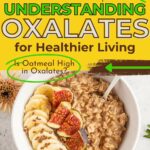
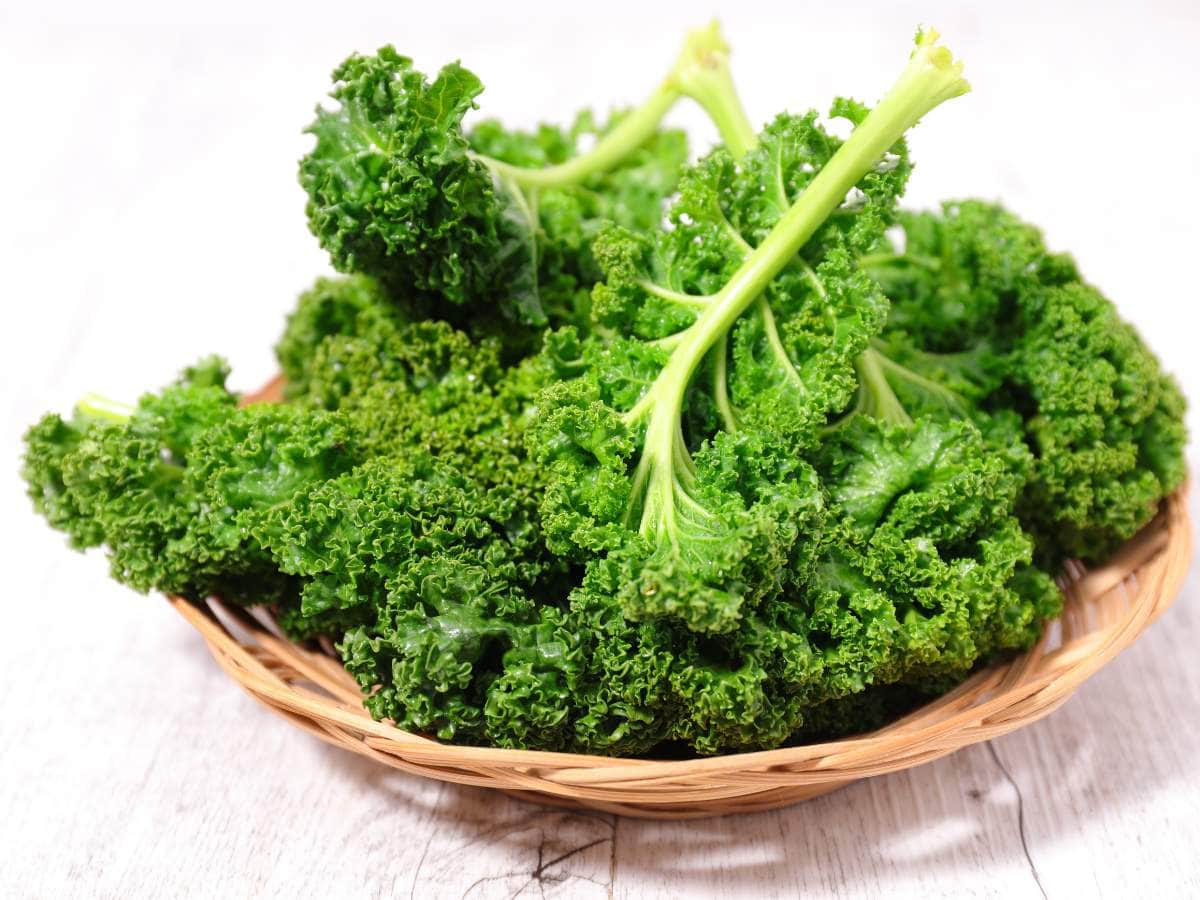

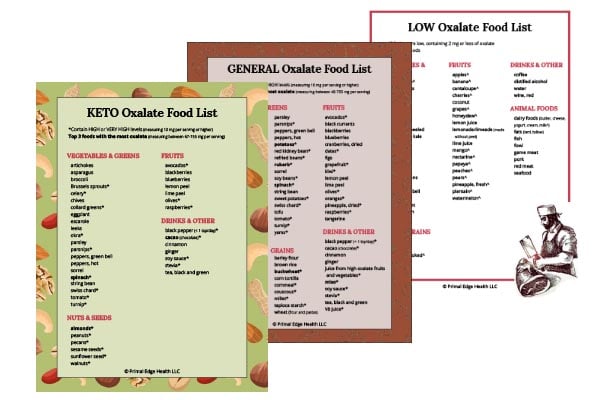
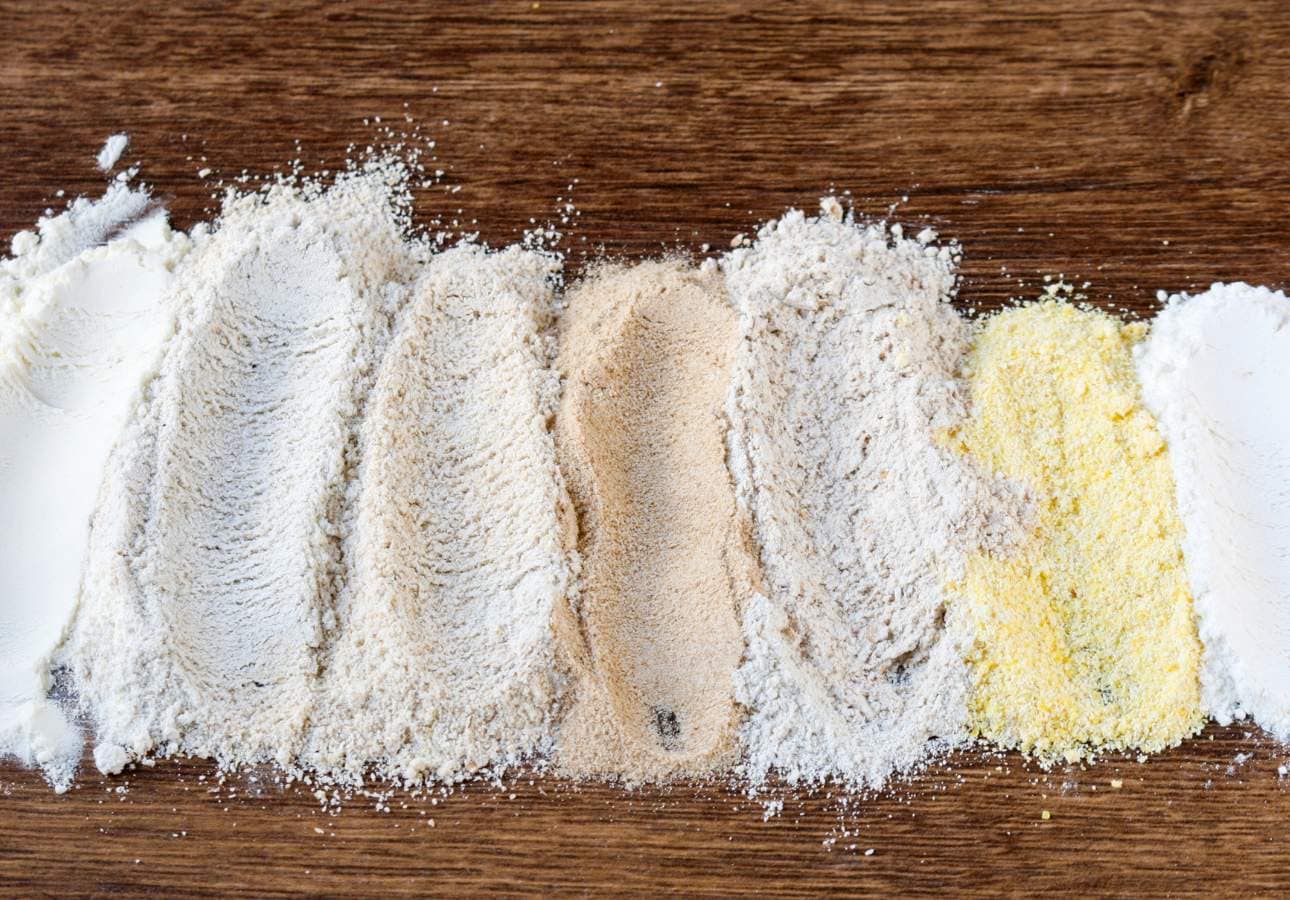
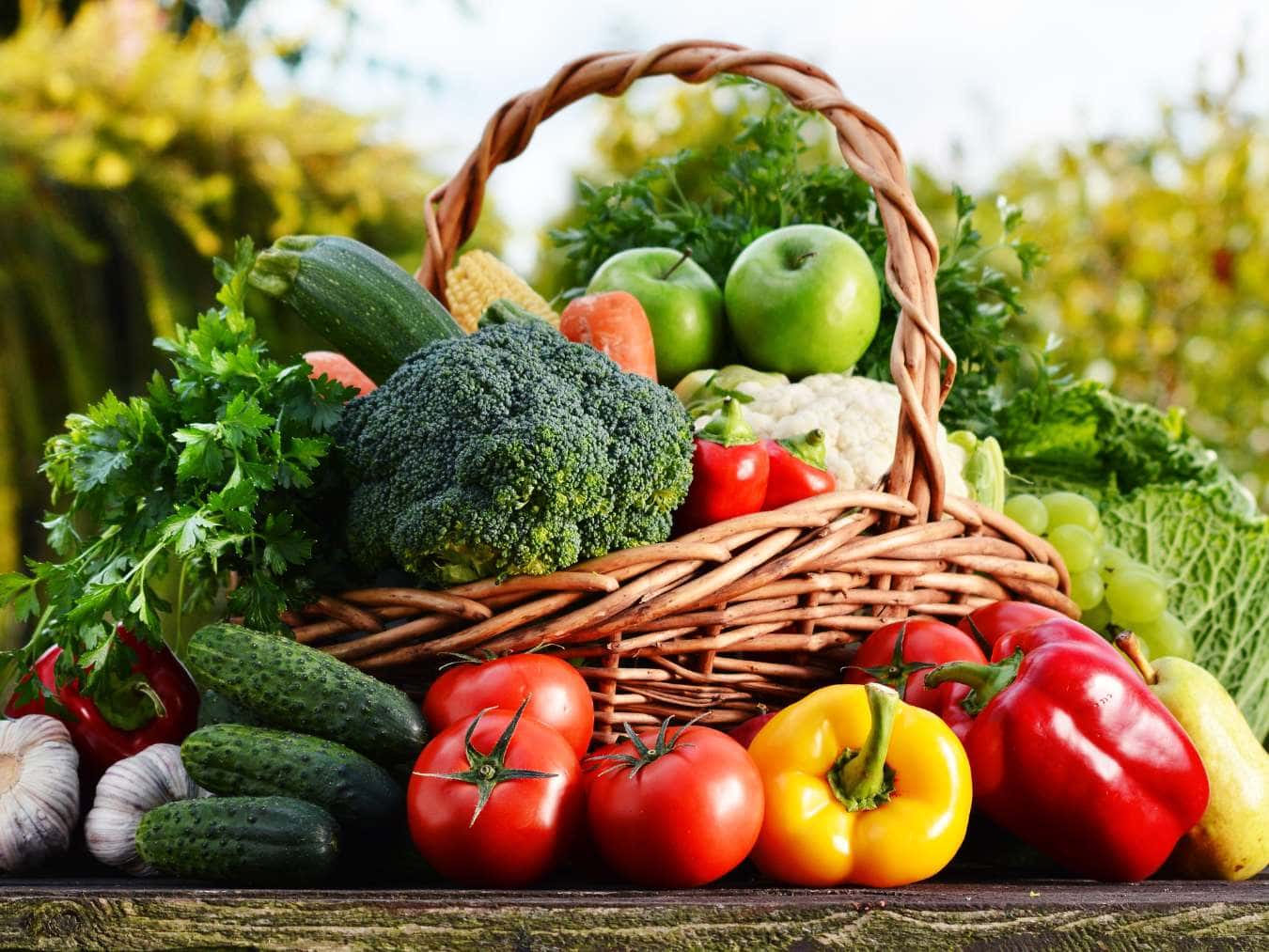

I am SO happy to learn that I don’t have to give up my morning oatmeal! I try to eat low carb and low oxalate, but I still allow myself oatmeal in the morning. I’d rather go zero carb at lunch and/or dinner in order to keep my oatmeal.
That’s awesome to hear, Sunny! I’m glad you found that balance you’re looking for.